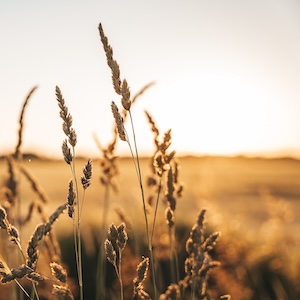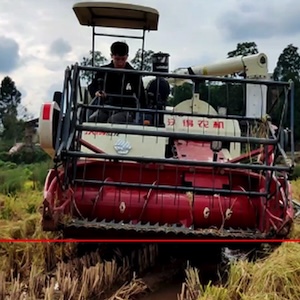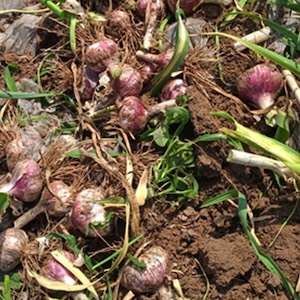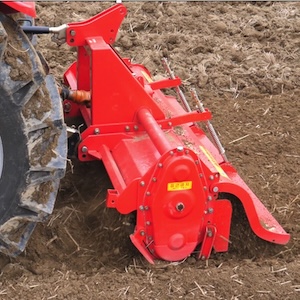Comparative analysis of soil-sampling methods used in precision agriculture
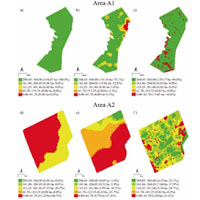
Published: 25 January 2021
Abstract Views: 4209
PDF: 1375
HTML: 265
HTML: 265
Publisher's note
All claims expressed in this article are solely those of the authors and do not necessarily represent those of their affiliated organizations, or those of the publisher, the editors and the reviewers. Any product that may be evaluated in this article or claim that may be made by its manufacturer is not guaranteed or endorsed by the publisher.
All claims expressed in this article are solely those of the authors and do not necessarily represent those of their affiliated organizations, or those of the publisher, the editors and the reviewers. Any product that may be evaluated in this article or claim that may be made by its manufacturer is not guaranteed or endorsed by the publisher.
Similar Articles
- Kestrilia Rega Prilianti, Syaiful Anam, Tatas Hardo Panintingjati Brotosudarmo, Agus Suryanto, Real-time assessment of plant photosynthetic pigment contents with an artificial intelligence approach in a mobile application , Journal of Agricultural Engineering: Vol. 51 No. 4 (2020)
- Md Nafiul Islam, Md Zafar Iqbal, Mohammod Ali, Milon Chowdhury, Shafik Kiraga, Md Shaha Nur Kabir, Dae-Hyun Lee, Jea-Keun Woo, Sun-Ok Chung, Theoretical transmission analysis to optimise gearbox for a 2.6 kW automatic pepper transplanter , Journal of Agricultural Engineering: Vol. 53 No. 4 (2022)
- Luigi Bodria, In memory of a Maestro , Journal of Agricultural Engineering: Vol. 43 No. 4 (2012)
- Francesco Bettella, Vincenzo D'Agostino, Lucia Bortolini, Drainage flux simulation of green roofs under wet conditions , Journal of Agricultural Engineering: Vol. 49 No. 4 (2018)
- Raffaele Cavalli, Stefano Grigolato, GEOGRAPHICALANALYSIS WITH GIS METHODOLOGY FOR A SUSTAINABLE USE OF LOGGING RESIDUES IN MOUNTAINOUS AREA , Journal of Agricultural Engineering: Vol. 38 No. 3 (2007)
- Evelia Schettini, NETS FOR PEACH PROTECTED CULTIVATION , Journal of Agricultural Engineering: Vol. 42 No. 4 (2011)
- Claudia Arcidiacono, Simona M.C.Porto, CLASSIFICATION OF CROP-SHELTER COVERAGE BY RGB AERIAL IMAGES: A COMPENDIUM OF EXPERIENCES AND FINDINGS , Journal of Agricultural Engineering: Vol. 41 No. 3 (2010)
- Francesco Barreca, Pasquale Praticò, Environmental indoor thermal control of extra virgin olive oil storage room with phase change materials , Journal of Agricultural Engineering: Vol. 50 No. 4 (2019)
- Giorgio Baiamonte, Carmelo Agnese, AN ANALYTICAL SOLUTION OF KINEMATIC WAVE EQUATIONS FOR OVERLAND FLOW UNDER GREEN-AMPT INFILTRATION , Journal of Agricultural Engineering: Vol. 41 No. 1 (2010)
- Meizhou Chen, Guangfei Xu, Xianghao Li, Hongda Zhao, Yongli Zhao, Peisong Diao, Yinping Zhang, Optimization design and experiment of double-helix total mixed rations preparation mixer for silage straw feed , Journal of Agricultural Engineering: Vol. 55 No. 2 (2024)
<< < 47 48 49 50 51 52 53 54 55 > >>
You may also start an advanced similarity search for this article.

 https://doi.org/10.4081/jae.2021.1117
https://doi.org/10.4081/jae.2021.1117





